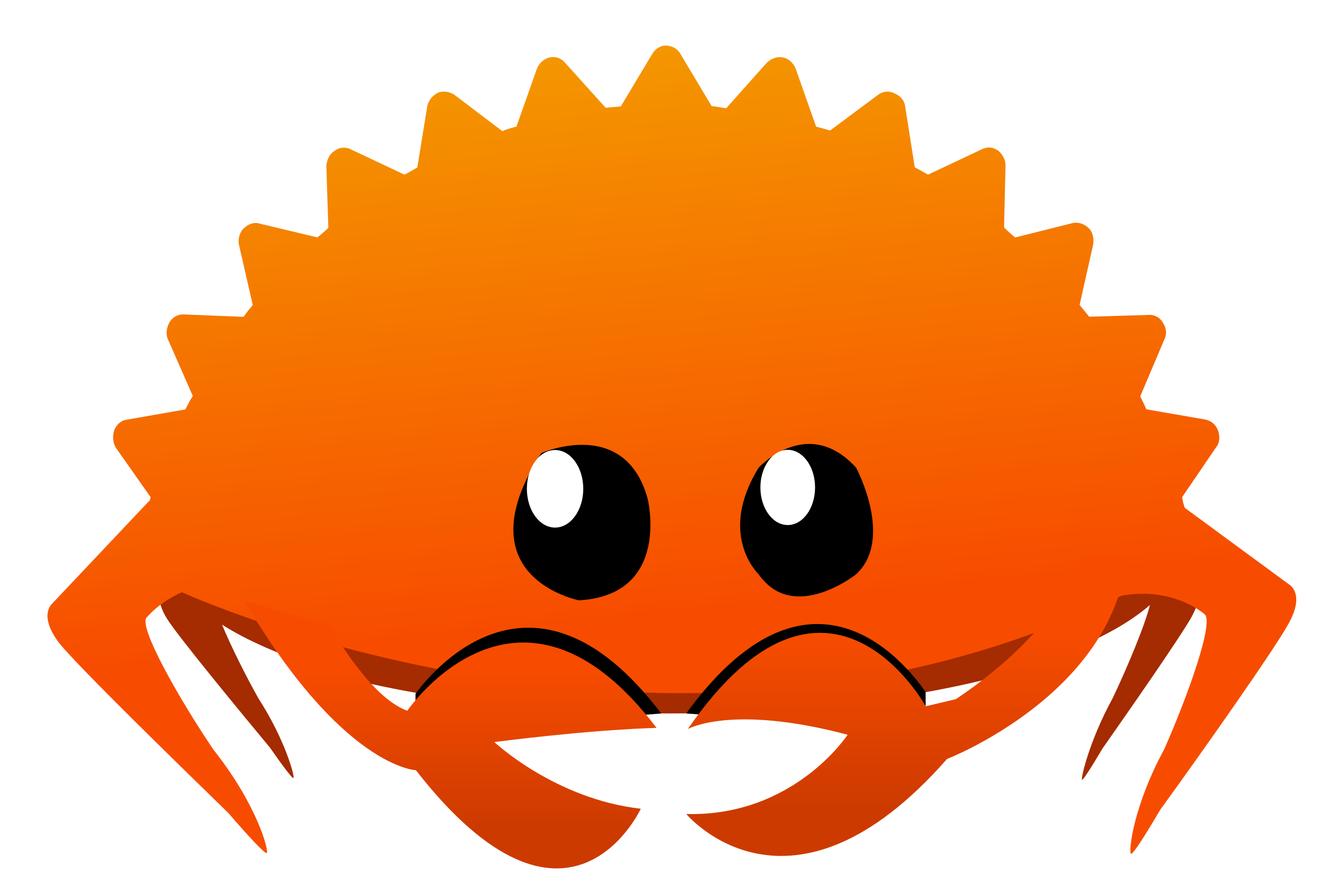My favorite Teams feature is that when you share your screen, it puts some giant bar that can’t be hidden at the top of the screen that covers up your tabs.
Lilac [she/her]
- 0 Posts
- 5 Comments

 10·7 months ago
10·7 months agoWARNING: Russian trolls defend Trump and Putin. Or they attack Trump and Putin. If you someone doing either of these behaviors, disengage the troll!
Kinda. You can’t define a name, but you can get the compiler to interpret literals as a function. If you have a Num instance for (Integer -> Integer) where,
fromInteger i = \x -> x * ithe compiler can interpret integer literals as functions like so
x = 2(5) :: Integer

 6·2 years ago
6·2 years agoTyped functional languages usually do, as mentioned by others. This is form of Algebraic Data Type called a Sum Type (as oppose to a Product type, which is basically a normal struct).
Here’s some examples of creating a binary tree in different languages (also Lemmy’s code formatter is terrible)
Examples
Haskell
data Tree a = Empty | Leaf a | Node (Tree a) (Tree a)F#
type Tree<'a> = Empty | Leaf of 'a | Node of (Tree<'a> * Tree<'a>)Scala
sealed trait Tree[+A]case class Empty[A]() extends Tree[A]case class Leaf[A](a: A) extends Tree[A]case class Node[A](left: Tree[A], right: Tree[A]) extends Tree[A]Rust
enum Tree<T> { Empty, Leaf(T), Node(Box<Tree<T>>, Box<Tree<T>>),}

Your link directly contradicts what you said?